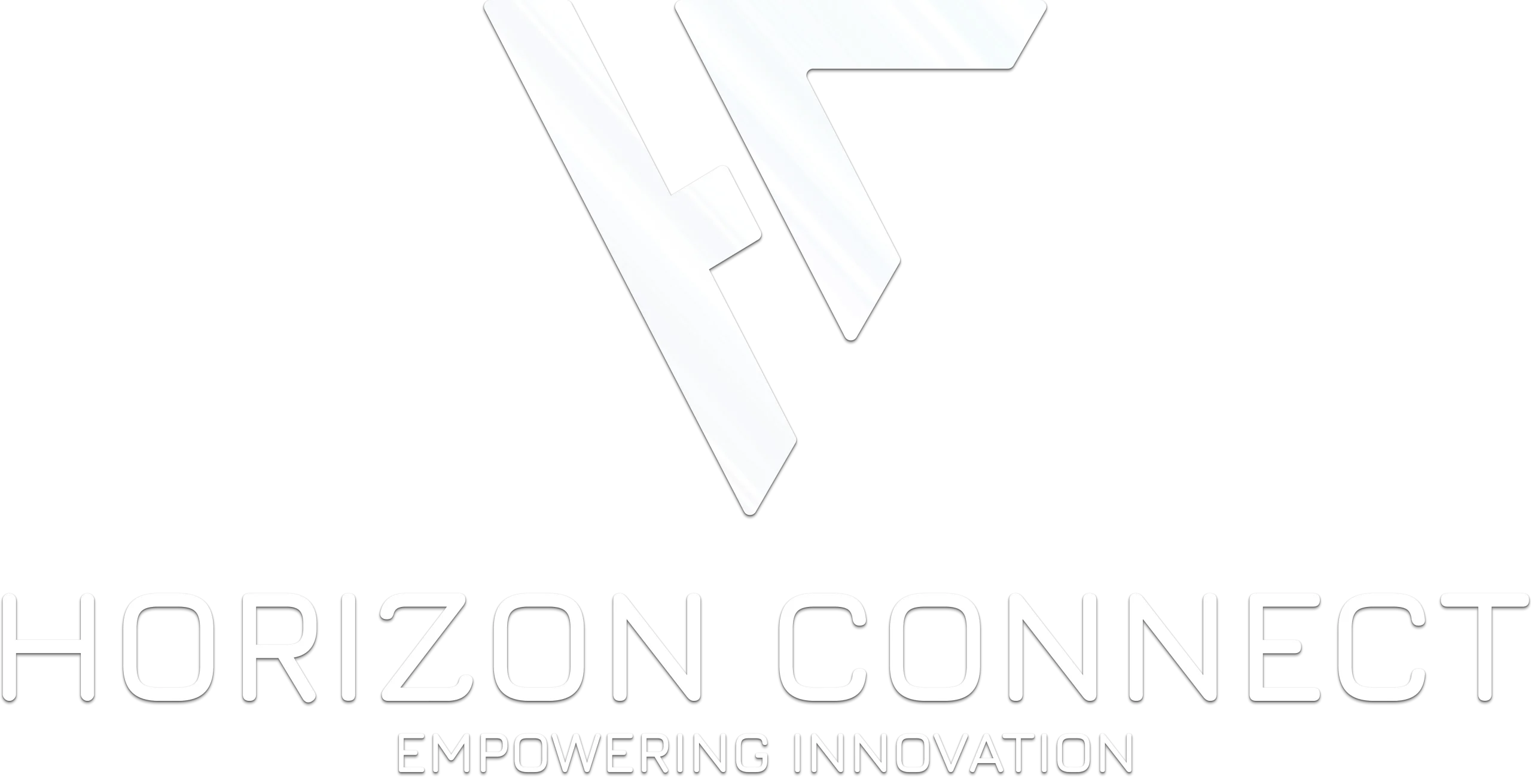As vehicles become more intelligent, connected, and autonomous, the need for effective automotive data integration has never been greater. Today’s vehicles generate massive volumes of data—from sensors, control units, telematics, infotainment, and external sources. For automotive OEMs, integrating this data into unified, scalable, and secure platforms is essential for enabling connected services, predictive maintenance, fleet optimization, and software-defined vehicles.
Yet, this process comes with significant hurdles. From legacy infrastructure to inconsistent data formats, cybersecurity risks, and real-time processing requirements, OEMs face a complex landscape.
This article explores the real-world challenges in automotive data integration and how Horizon Connect helps OEMs, Tier 1 suppliers, and mobility providers address them with end-to-end IoT and connectivity solutions.
1. Data Volume and Complexity
Connected vehicles generate staggering amounts of data. This data includes:
- Engine diagnostics and fault codes
- ADAS and sensor feeds (LiDAR, radar, camera)
- GPS and telematics information
- Infotainment usage
- Driver behavior and environmental data
Challenge: The volume and variety of these data streams create significant storage, processing, and bandwidth demands. Integrating them across distributed systems becomes increasingly difficult as vehicle fleets and feature sets grow.
2. Legacy Systems and Fragmented Architectures
Most automotive companies still rely on legacy vehicle architectures and outdated communication buses (CAN, LIN) that weren’t designed for modern, data-intensive applications.
Challenge: Integrating new connectivity modules and software platforms into these outdated systems leads to delays, compatibility issues, and high costs.
3. Lack of Standardization Across OEMs and Suppliers
Each OEM and Tier 1 supplier tends to use its own data formats, protocols, and APIs. This lack of standardization causes friction during the integration process.
Challenge: Combining disparate data sources becomes inefficient, especially in multi-brand fleets or during mergers and acquisitions.
4. Cybersecurity and Data Privacy Risks
Connected vehicles handle sensitive data that can be targeted by cyber threats, including location tracking, driver IDs, over-the-air (OTA) firmware, and in-vehicle systems.
Challenge: Integrating vehicle data must not open new vulnerabilities. Automotive data integration must comply with global standards like GDPR, ISO/SAE 21434, and WP.29.
5. Real-Time Processing and Low Latency Requirements
Many vehicle functions—from ADAS to predictive diagnostics—rely on low-latency data streams. Delays can mean missed alerts or safety hazards.
Challenge: Processing large data volumes in near-real time across hybrid cloud-edge environments while maintaining accuracy and minimal delay.
6. Integration with Cloud, ERP, and Third-Party Systems
OEMs need integrated platforms that not only collect and store vehicle data but also interface with backend systems like:
- Cloud storage and AI platforms (AWS, Azure, GCP)
- CRM/ERP (SAP, Salesforce)
- Fleet management systems
Challenge: Fragmented APIs and inconsistent data quality can slow down innovation and increase technical debt.
7. Data Ownership and Monetization
With valuable data flowing from connected vehicles, questions arise: Who owns the data? The OEM, the driver, or the service provider?
Challenge: Data sharing agreements are complex and affect monetization strategies for usage-based insurance, infotainment personalization, and fleet optimization.
Technologies Enabling Better Data Integration
1. Middleware Platforms
Middleware bridges communication between different vehicle systems and cloud platforms. Solutions like AUTOSAR Adaptive Platform help in managing service-oriented architectures.
2. APIs and Data Standards
Open APIs and standards like Vehicle Signal Specification (VSS) simplify integration across OEMs and third-party services.
3. Edge and Cloud Computing
Processing data at the edge (within the vehicle or near the network) reduces latency, while cloud platforms support large-scale analytics and remote operations.
4. Private 5G Networks
Private cellular networks offer greater control over bandwidth, reliability, and latency—essential for industrial-scale vehicle communication.
Conclusion: Driving the Future of Connected Mobility
As the automotive industry transitions toward electrification, automation, and connected services, automotive data integration will define competitive advantage. OEMs that master data integration will unlock faster innovation, better customer experiences, and higher operational efficiency.
Horizon Connect specializes in automotive IoT and connectivity integration, committed to helping and empowering automotive OEMs and mobility providers to deploy globally and stay connected—anywhere, anytime.


